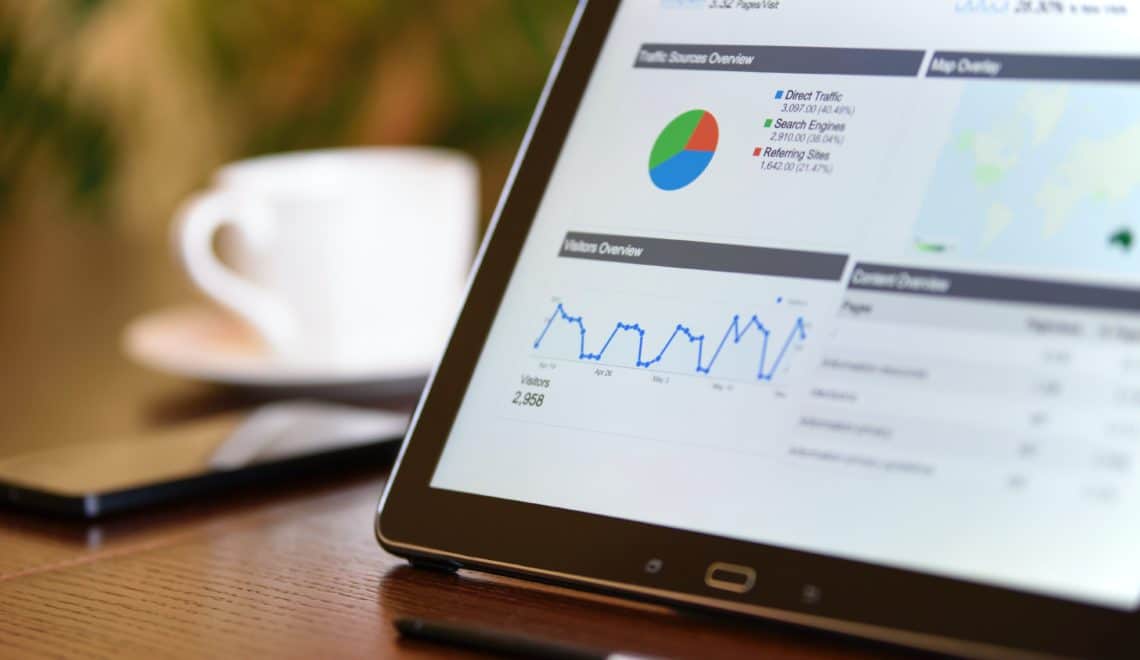Decoding social media: Five metrics to measure success

If one of your 2023 resolutions is to decipher and comprehend your quarterly social media report, consider this blog your cheat code.
Understanding social media metrics and key performance indicators (KPIs) will help determine if you’re meeting your goals and objectives, discern how impactful your campaign is and help create a roadmap for future marketing efforts.
While your social media goals will determine which metrics you use to measure your success, it’s beneficial to recognize and define all the data points to understand the whole picture.
Impressions
Impressions are how many times your post or ad appears on someone’s timeline or feed. When you see this number increase, you know your content is being presented to your audience more often. Keep in mind, impressions do not measure whether your content was clicked on.
Reach
Reach is the total number of people who see your content. For organic posts, this could be your followers plus accounts that shared your post. Reach will often be lower than impressions because you may have one user who sees your post (reach), but it appears on their feed three times (impressions).
Engagement
Engagement is a term for actions taken by your audience as a result of your content. Increasing engagement is a common goal for posting on social media, but it can’t happen without reach and impressions. Engagement metrics vary by platform, but generally include:
- Likes and reactions
- Comments
- Saves and favorites
- Shares and mentions
- Link clicks
Click Through Rate (CTR)
CTR measures how often people click a link in your post or ad to access additional content. To measure click through rate in a campaign, you’ll need to divide the total number of clicks for a post by the total number of impressions. To get your CTR as a percentage, multiply by 100.
Higher click through rates are an indicator that your content does a good job of convincing your audience to learn more.
Conversion
Conversion events are one of the most important metrics because they occur when a user takes a specific action, such as:
- Making a purchase
- Signing up for a newsletter or blog
- Downloading your app
- Calling your business
While increasing conversions is primarily a goal for paid campaigns, leveraging organic posts to build awareness, drive engagement and see what content performs well with your intended audience is a great place to start.
There’s a lot of thought and planning that goes into a social media marketing strategy, so it’s worth putting time and energy into understanding metrics and how they work together to establish a presence, increase awareness, drive traffic and increase sales.
Now, in 2023, you can confidently approach that daunting data and determine your next steps toward achieving your social media goals.
Leave a Reply